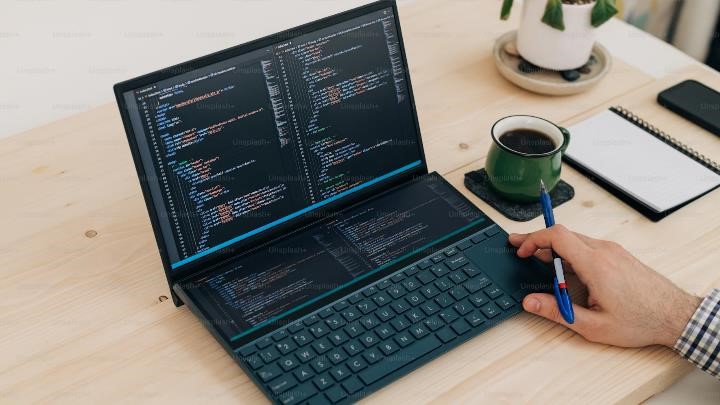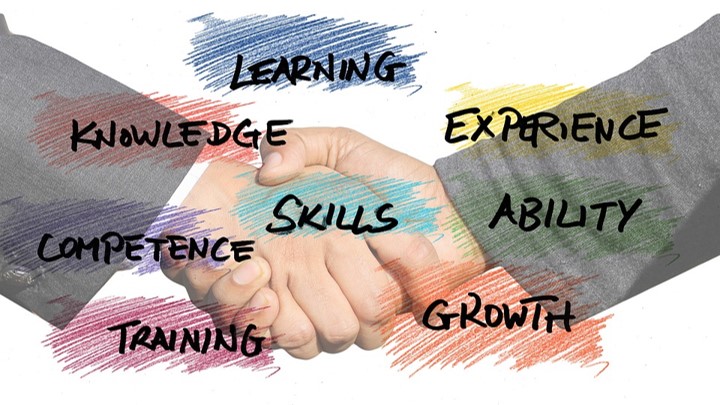Technology integration into classrooms has brought about a substantial change in both teaching and learning methods during the recent period. Modern classroom development brought us smart classrooms that unite educational systems with modern technology to deliver better educational features.
The implementation of smart classrooms extends across many remote international borders including India, Guyana, and with the proposed smart schools currently under development in Enugu Nigeria. There are lots of digital classroom equipment that make classrooms smart.
This blog examines the smart classroom definition while investigating their worldwide implementation and analyzing the current state of advantages and difficulties along with potential future developments.
For us to start, let us first understand the concept of smart classrooms.
What Are Smart Classrooms?
A modern educational setting called a smart classroom contains advanced technology through devices including interactive whiteboards and projectors which also deliver digital content alongside tablets. Modern teaching processes that extend past regular lectures can be achieved because of these available educational tools. The objective of this learning environment is to create personalized vibrant learning experiences that are available for all.
ICT (Information and Communication Technology) functions within smart classrooms to allow teachers along with students to access broad online educational materials. Tamil Nadu schools have introduced customized Tamil content learning through smart classrooms which allow students to study material in their native language.
The Global Impact of Smart Classrooms
1. India: Pioneering Smart Education
India is at the forefront of the smart classroom revolution. Many schools and colleges are integrating technology to bridge educational gaps.
- Tamil Nadu’s Smart Classrooms: Schools in Tamil Nadu have embraced smart technology by introducing lessons in Tamil, ensuring inclusivity for rural and urban students. The smart classroom price varies, but government initiatives make the technology more accessible.
- Smart Schools in Urban India: In cities like Delhi and Mumbai, smart class setups include interactive smartboards, virtual labs, and AI-powered tools for monitoring student progress.
2. Guyana: A Rising Star in Smart Education
Guyana is making strides in integrating technology into education. Both public and private schools are exploring smart classroom ideas to improve teaching standards.
- Universities in Guyana for International Students: Leading institutions like the University of Guyana are adopting ICT-based teaching methods to attract international students and enhance learning experiences.
- Private Schools in Guyana: These schools are setting up school ICT rooms to offer computer-based education to their students.
3. Enugu, Nigeria: Proposed Smart Schools
In Enugu, the government is exploring the concept of smart schools to modernize the state’s educational infrastructure. The proposed project includes:
- Installing smart classroom equipment like smartboards, tablets, and e-learning software.
- Training teachers to adopt digital tools for better student engagement.
- Setting up ICT rooms in public schools to prepare students for a tech-driven future.
This initiative aims to address the digital divide and make education accessible to underserved communities.
Benefits of Smart Classrooms
For Students
- Enhanced Learning: Interactive tools like smartboards make lessons engaging and enjoyable.
- Improved Accessibility: Regional adaptations, like smart classrooms in Tamil Nadu, make education inclusive.
- Skill Development: Exposure to technology prepares students for future careers.
For Teachers
- Efficient Teaching: Pre-designed digital content saves time and effort.
- Real-Time Feedback: Tools like online quizzes help teachers identify and address learning gaps quickly.
Examples of Innovative Smart Classrooms
- South Korea: Many schools use VR and AR (Virtual and Augmented Reality) tools to make subjects like history and science come alive.
- Finland: Known for its innovative education system, Finland uses blended learning classrooms combining digital and traditional teaching methods.
- The United States: Schools in New York and California have introduced sensory smart classrooms to support students with special needs.
How to Create a Smart Classroom
Setting up a smart classroom involves several steps:
- Choose the Right Equipment: Smartboards, projectors, and tablets are essential.
- Ensure Connectivity: Reliable internet is critical for accessing online resources.
- Train Teachers: Educators must be comfortable using the tools.
- Plan Maintenance: Regular updates and repairs keep the system running smoothly.
For example, when creating sensory smart classrooms, it’s essential to include features like noise-canceling panels and adjustable lighting to cater to students with sensory needs.
Challenges and Limitations
While the benefits are clear, there are some challenges:
- Cost: The price of smart classrooms can be prohibitive, especially for underfunded schools.
- Technical Issues: Equipment breakdowns can disrupt learning.
- Digital Literacy: Both teachers and students need training to use the tools effectively.
Smart Schools in Enugu: A Vision for the Future
The proposed smart schools in Enugu aim to transform education in Nigeria by:
- Bridging the Digital Divide: Bringing technology to rural and urban schools alike.
- Promoting Inclusivity: Ensuring that students from all backgrounds have access to quality education.
- Encouraging Innovation: Empowering students and teachers to use technology creatively.
This initiative aligns with the global trend of using smart technology to enhance education.
Final Thoughts
Smart classrooms represent a new beginning in education in our times. The technological evolution exists in Tamil Nadu as well as Guyana and Enugu where these advances establish prospects for students and teaching faculty to grow within digital educational environments. Schools that accept and face the challenges of ICT implementation will create dynamic learning environments that welcome all students effectively.
The ongoing expansion of smart school technology demonstrates that technology serves beyond a teaching device to act as a pathway toward better learning possibilities in the future. Smart classrooms present themselves as the emerging educational model of the future. The answer is affirmative since smart classrooms have shown substantial global influence.







